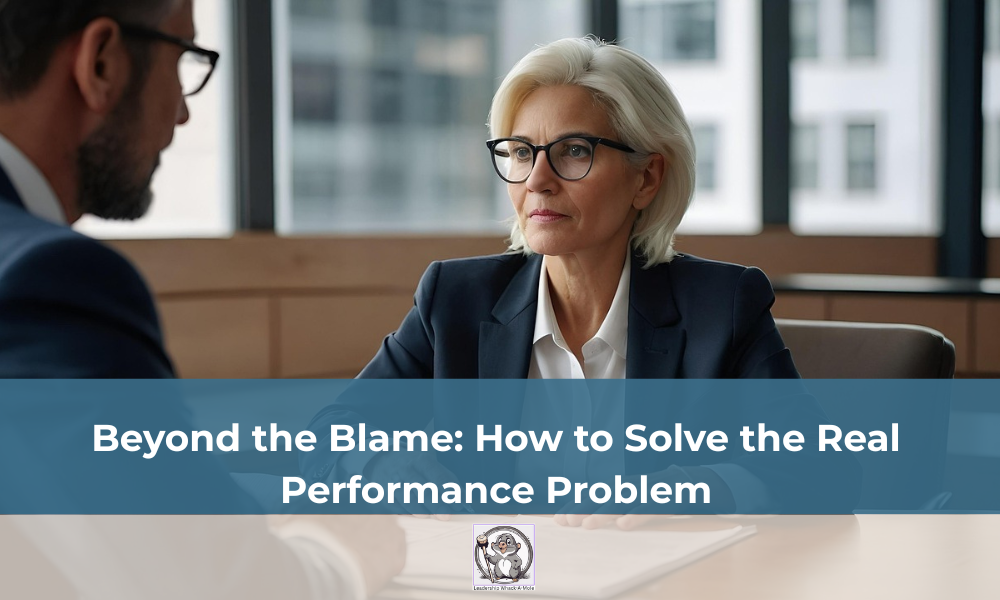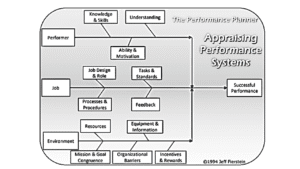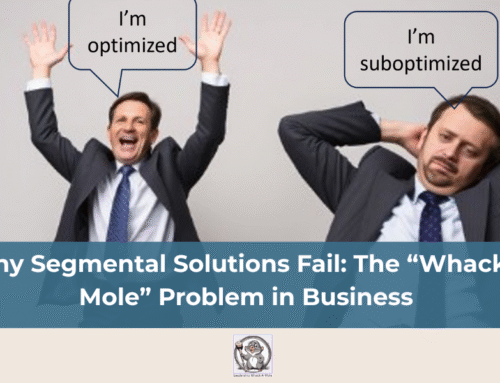
by Jeff Fierstein
Performance issues are a reality in any workplace—and they’re not always the fault of the individual. When problems arise, jumping straight to a Performance Improvement Plan (PIP) may not be the most effective path. Instead, it’s far more useful to take a step back and conduct a performance analysis.
Performance analysis helps identify the true cause of the issue, and there are several models designed to do just that. By looking at the broader performance system—not just the person—you’re more likely to find sustainable solutions.
Start With the Basics: What’s the Goal?
The first step is to define what successful performance actually looks like. That means establishing clear goals and standards. Let’s say the goal is to produce 100 widgets a day, but someone is consistently producing only 75. The 25-widget gap tells us there’s a problem, but it doesn’t tell us why the problem exists.
Blaming the person is often the default response—but it can be a costly mistake. To fix the issue properly, we need to dig deeper and identify the other possible causes.
What Impacts Performance?
One useful model (from my Performance Planner) breaks performance down into three main areas of influence:
- The Performer
Sometimes, an individual may lack the ability to meet expectations, even with training or support. No amount of pressure or discipline will change that. For example, I’m not on the Chicago Bulls—and no amount of effort is going to change that! Similarly, the idea that “you can be anything you want” simply isn’t realistic. - The Job
Sometimes the job itself is the issue. If it’s poorly designed, lacks clear standards, or doesn’t offer proper feedback, even the best employees will struggle. I once saw performance reviews docked because of impossible standards (100% accuracy on every task, every time). The manager couldn’t or wouldn’t adjust the expectations—so the system set people up to fail. - The Environment
The work environment plays a major role too. This includes resources, tools, incentives, and even company culture. If people are punished for doing the right thing—or rewarded for the wrong one—performance will suffer. In one of my roles, the organizational culture clashed so deeply with my values that it became a barrier to doing good work

Why This Matters
Skipping performance analysis and blaming the individual can damage trust and morale. Worse, it can lead to resignations from talented employees who feel unfairly treated.
Taking the time to analyze the whole system—not just the performer—shows leadership, builds credibility, and leads to better outcomes.
Adapted from: Leadership Whack-A-Mole: Actionable Strategies for Leadership Challenges. © 2024 Ric Shriver and Jeff Fierstein. To learn more about the book, peruse this website or click on the banner below.
We value your thoughts on this topic. Leave a comment below.




